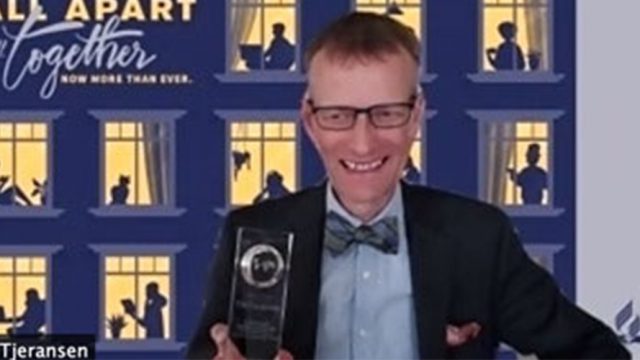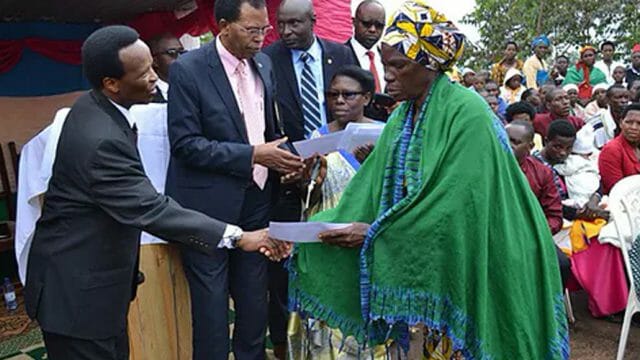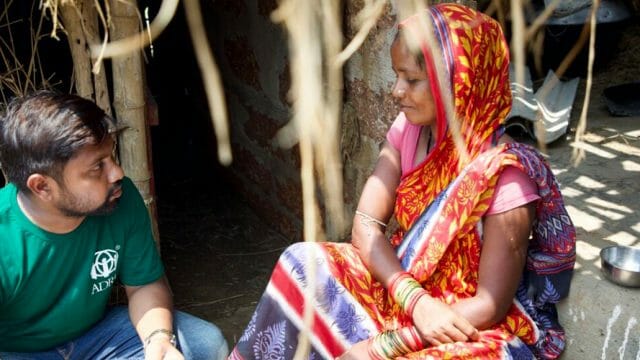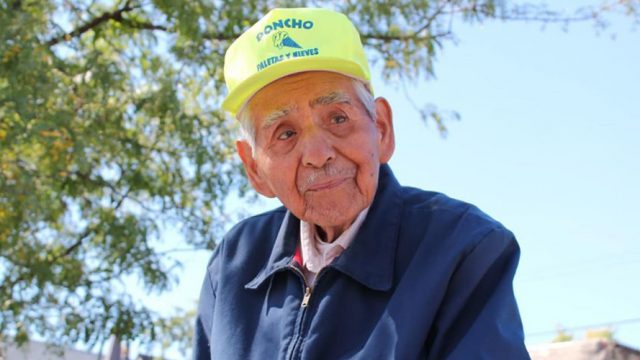Adventist missionary in Mongolia reflects on a masterpiece of design and assembly.
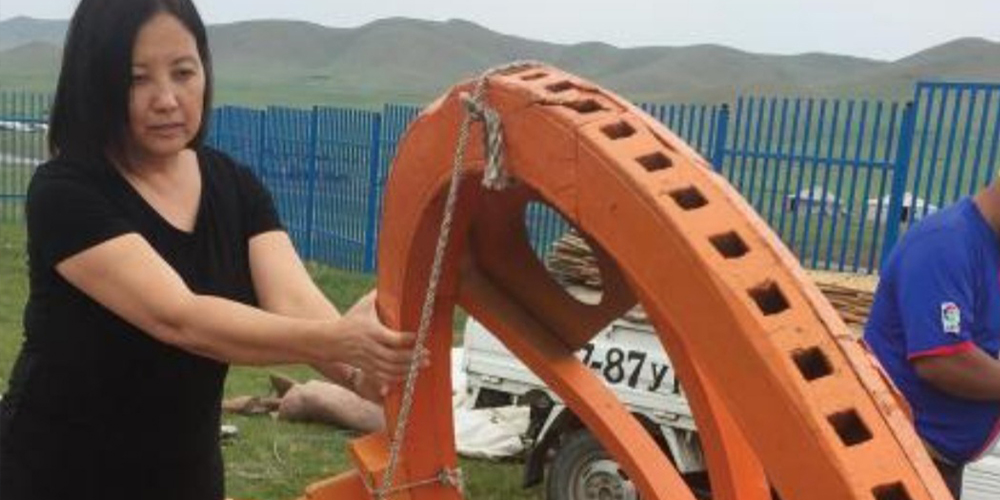
Have you ever built a house? Apart from professionals in the construction field, I would venture to say the answer is “no.”
How about a treehouse? My attempt to build a two-story treehouse when I was 10 failed miserably when the second floor collapsed onto the first—it was a good thing I was sitting on the second floor when that happened.
How about a tent? Not the throw-in-the-air, pop-up-style tent, but a complex one with all kinds of connecting rods, ties, and stakes? A Mongolian ger probably most closely resembles an elaborate semipermanent tent.
The Mongolian ger is a masterpiece of design and assembly. The same concept has been used for millennia, with very few modifications. The basic building blocks consist of modon shal, the wooden floor; khana, the walls; toone, the crown or ring; ohn,the wooden poles; and dehver, the felt covering.
Assembling and disassembling a ger, even for newbies like me (with a bit of local help), takes only a few hours. The number of lattice wall sections determines the size of the ger. Gers can have anywhere from three to twelve khana, but the average Mongolian ger has five, which provides roughly 270 to 323 square feet (25 to 30 square meters) of living space.
These gers, constructed without rebar, concrete, or even a single nail, are made entirely of organic materials: wooden lattice walls, beams, and poles along with animal felts and rawhide ties. They don’t seem to be very sturdy, but gers can withstand howling desert storms, rain, hail, and whiteout blizzards, as long as they are built correctly.
Proper assembly of the walls, attachment to the crown, and secure fastening of the leather ties are crucial to the overall soundness of a ger.
I liken it to our Christian lives: the lattice walls are the biblical tenets that form the core structure of our relationship with God. The rods that attach us to the Crown (our Father) are our earnest prayers to stay connected. And the secure fastening of the leather knots is the Holy Spirit’s binding power to keep us connected to the Crown.
But none of this matters if the ger is not placed on a solid foundation. Gers must be built on flat, stable, and solid ground. Likewise, our Christian walk must be built on a solid foundation—and no greater foundation exists than Jesus Christ, our Rock and Salvation.
Just as important as the ger is what goes into it. Traditional Mongolian furniture is simple but useful, maximizing the small space, where upward of a dozen family members eat, sleep, work, and live. The table, chairs, beds, and wardrobes may seem quite humble, but they are skillfully and beautifully made and last for generations. What do we fill our lives with? Cheap, showy, useless, superfluous things and relationships that serve no eternal purpose? Or meaningful, enduring, priceless artifacts of our walk with Jesus?
“Through wisdom a house is built, and by understanding it is established; by knowledge the rooms are filled with all precious and pleasant riches” (Proverbs 24:3, 4, NKJV).
Even the smallest mini-gers (our young children) can be made to withstand all that the world throws at them and stand firm for Christ, as long as they are built well. Building these mini-gers (raising a new generation of Adventist Christians in Mongolia) is my current mission. The first Seventh-day Adventists in Mongolia were baptized on October 16, 1993, and the Adventist Church was officially organized on October 4, 1997. Now, nearly 30 years after the three angels’ messages first entered Mongolia, we are blessed with a second and even a third generation of Adventist young people. We want these mini-gers to be built properly on the right Foundation, so we’re preparing special education and training facilities for them through Gateway International Education Corporation.
By faith, we have begun construction on the Gateway Project, an important resource for continuing to win people for Jesus in Mongolia. We’ve hit numerous obstacles along the way, not least of which are the delays and hardships caused by the COVID crisis. Still, we are building on solid ground — both literally and figuratively. We push forward, one day at a time — waiting on the Lord and planning how we will fill these gers with the knowledge of God’s grace and the warmth of His welcome.
Joanne Kim (née Park) is the education and development director of the Mongolia Mission of the Seventh-day Adventist Church.
The original version of this story was posted by Adventist Mission.


